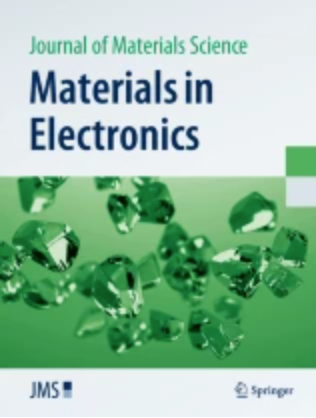摘要
本研究探讨了预硼扩散过程(渗硼)对未反应的 Mg + 2B/Fe 金属丝机械性能的影响。硼化是通过在铁管中填充无定形硼粉并在 850 °C 和 950 °C 下进行热处理来实现的。主要目的是减少冷拔过程中对中间热处理的需求,并通过提前形成坚硬的硼化铁相来提高原位镁+2B/铁丝的线芯密度。拉伸强度、显微硬度和扫描电子显微镜被用来评估金属丝的机械性能。此外,还研究了不同烧结温度和时间下原位反应镁硼铁单芯超导线材的结构和传输特性。研究结果从铁芯/铁鞘界面区域硼化铁(FeB/Fe2B)相的形成和硼在超导铁芯内的扩散两个方面进行了解释。This study examines the impact of a pre-boron diffusion process (boriding) on the mechanical properties of unreacted Mg + 2B/Fe wires. Boriding was performed by filling iron tubes with amorphous boron powder and heat-treating them at 850 °C and 950 °C. The primary goal was to reduce the need for intermediate heat treatment during cold drawing and increase the core density of in-situ MgB2/Fe wires by forming hard iron boride phases in advance. Tensile strength, microhardness, and scanning electron microscopy were employed to assess the mechanical properties of the wires. Additionally, the structural and transport properties of reacted in-situ MgB2/Fe mono-core superconducting wires were investigated for various sintering temperatures and times. The results are interpreted in terms of the formation of iron boride (FeB/Fe2B) phases at the core/iron sheath interface region and the diffusion of boron within the superconducting core.

 求助内容:
求助内容: 应助结果提醒方式:
应助结果提醒方式:


